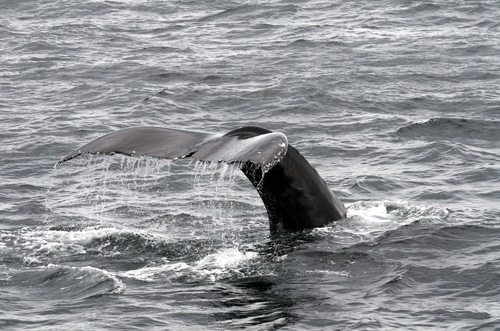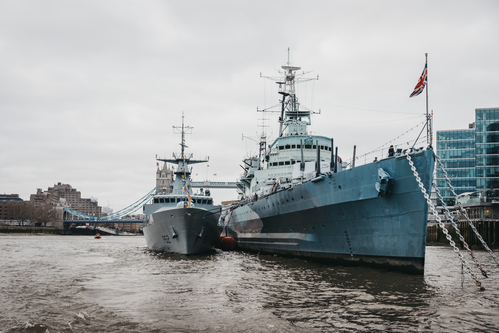
The ocean’s depths have long been a battlefield for navies across the world, but in the fog of war, not every underwater contact turns out to be the enemy.

In the past, as well as in more recent conflicts, the might of the Royal Navy has at times misinterpreted the presence of marine wildlife as a more sinister threat – with deadly consequences for some of the ocean’s largest inhabitants.

During the tension-laden Falklands War in 1982, amidst fears of Argentine submarine attacks, the British anti-submarine frigate HMS Brilliant torpedoed and killed three whales after mistaking them for enemy submarines.

The sonar equipment of the era was not advanced enough to distinguish between the two distinctly different types of objects. “The signature on sonar is similar to that of a submarine,” recounted Engineer Ginge Offord in a written testimony, published years later on a website dedicated to recording the crew’s experiences for posterity.

Radar echoes and sonar contacts can be deceiving, especially in high-stress combat situations where the mantra “When in doubt, bomb” can lead to tragic errors. A crew member on HMS Brilliant dryly noted in his diary, “Whale oil sighted by Sea King [helicopter]… I think I’ll join Greenpeace,” indicating the somber realization that they had killed a whale rather than an enemy vessel.

The incident was not an isolated one. Captain John Francis Coward of HMS Brilliant later wrote about the challenges of distinguishing submarines from whales, as both gave significant echoes on the sonar.

Sadly, this was not the first time whales had been mistaken for submarines. Historical records from the Illustrated London News dating back to April 8, 1919, show that even during the First World War, observers in the air mistook whales for German U-boats.

A whale swimming underwater or a large one spotted from a British air-ship could resemble a submerged U-boat, leading to numerous whales being bombed by aircraft.

Even with modern advances in sonar technology that allow for better discrimination between marine life and man-made objects, the accounts from the Falklands War are a stark reminder of the complexities and fallibilities of warfare at sea.

The Ministry of Defence has since stated that contemporary sonar equipment is far more capable of distinguishing between whale signals and those from submarines, hopefully reducing the chances of such occurrences in the future.

The warship’s crew was operating under significant stress, with orders to protect HMS Invincible, one of Britain’s two aircraft carriers at the time, from potential attacks. In the heat of the moment, the brush with whales highlights the unpredictable nature of war and the unintended consequences that can arise from high-stakes engagements.

The tales from HMS Brilliant serve as a poignant example of the unintended consequences of war – where the intersection of human conflict and natural life can result in unexpected and unfortunate encounters.

As we reflect on these incidents, it is a reminder of the duty of care that armed forces have towards the environment, even in the midst of conflict, and the continual need to improve the precision and discrimination of military technology.

